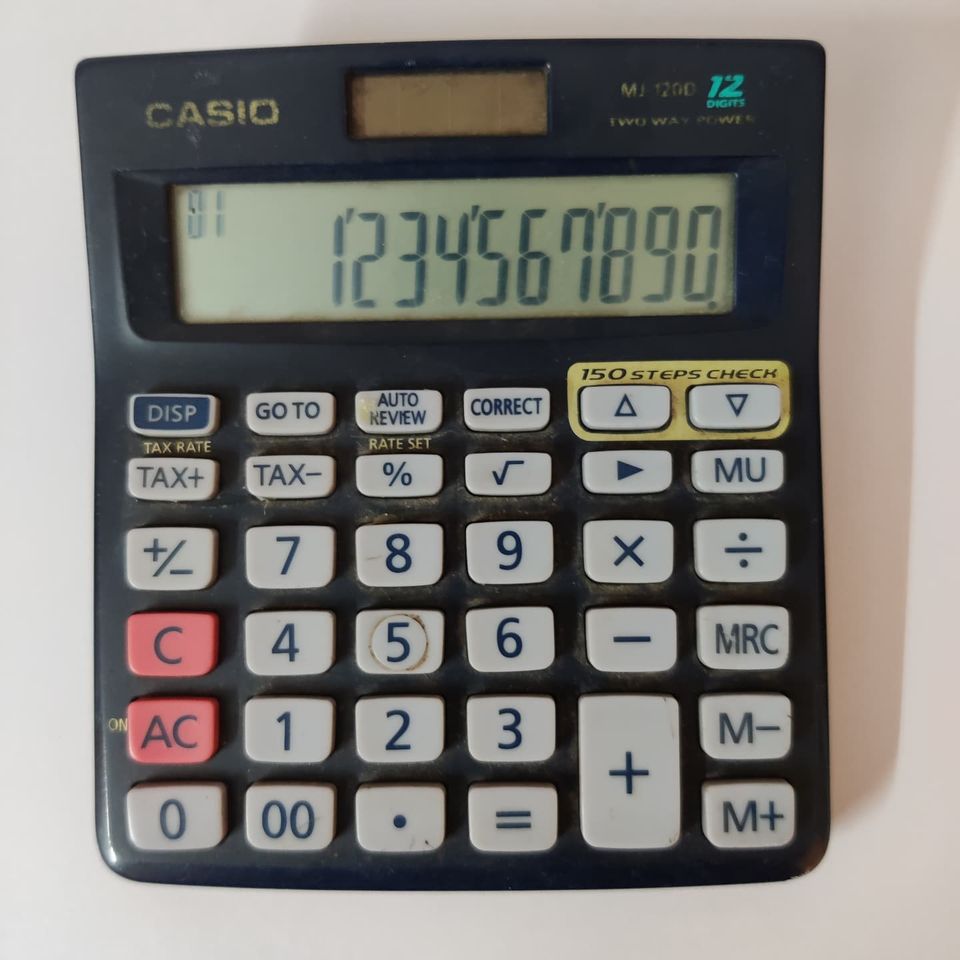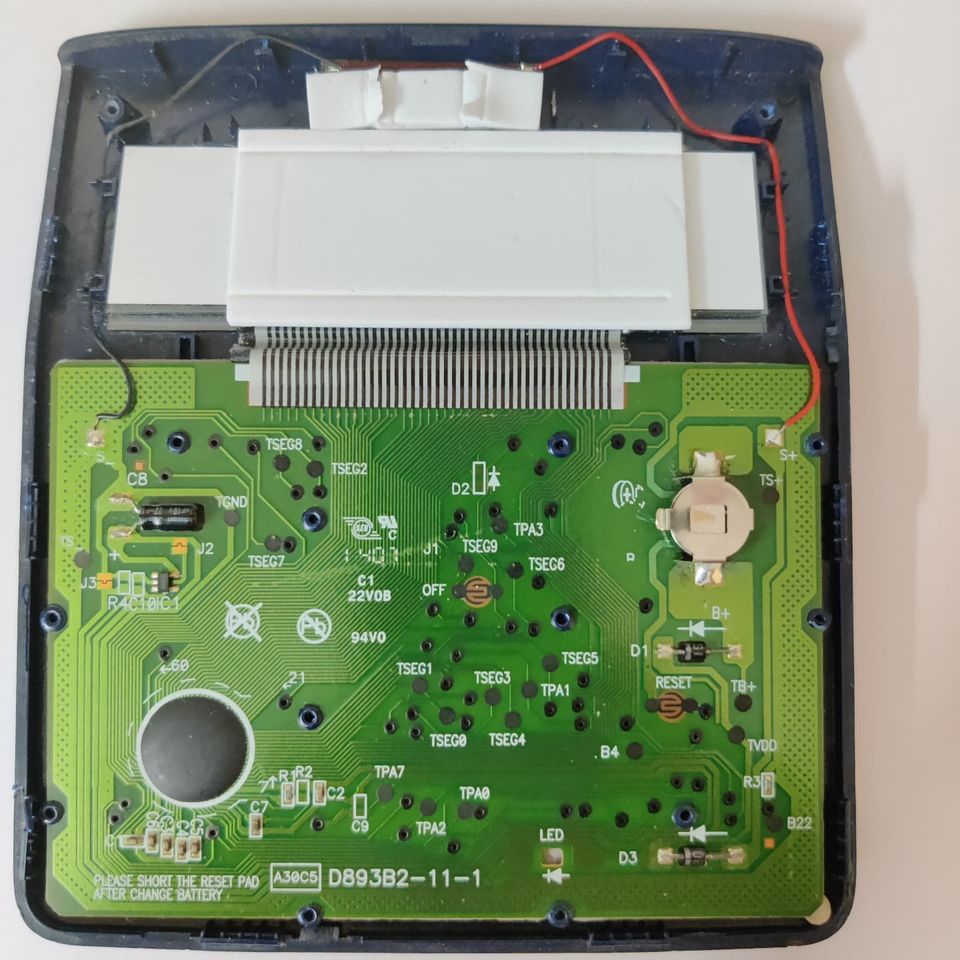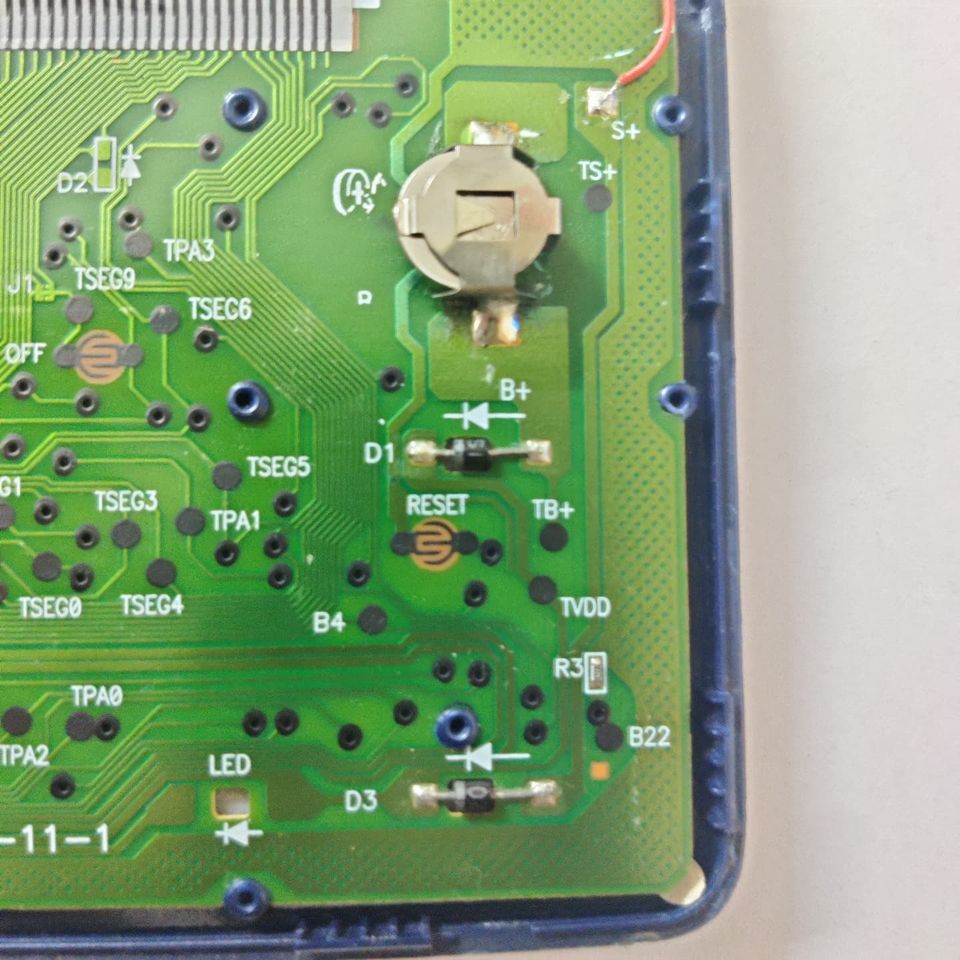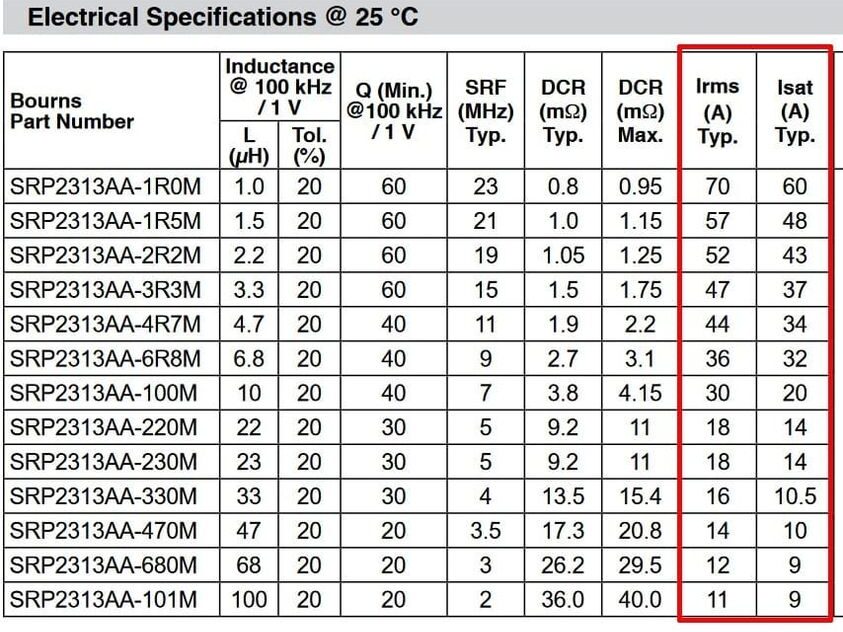Pocket calculators are a classic example of something which has been around since the 1970s and has undergone optimised design over the years. These still do have a place in the world despite the touch-based software phone calculators out there. The tactile button press feedback is something that a heavy user will always appreciate.



The basic building blocks of a calculator will be your power source, a matrix keypad, an array of 7 segment LCDs and an ASIC(on a black blob) built for cost. The matrix keypad will be a standard row-column arrangement with multiplexing being used to read out the button presses. The button would consist of a carbon-coated unit with a zig-zag portion on the PCB which will effectively make a short with carbon when pressed. The 7 segment LCDs are monochrome and mostly reflective based. Since most calculators don’t carry a backlight they are quite low power to drive(One of the reasons why calculator batteries seem to last forever). The LCD segment is connected by a ribbon cable which is usually glued in place in a PCB(Not soldered) with carbon tracks. If you ever see certain segments in a calculator not lighting up, try heating the cable connector on the PCB end, it should mostly work.
The power section of these calculators usually contains an alkaline button cell battery(1.5V, Not rechargeable). Most of the calculators come with a solar cell array to act as a dual power source. This one had 4 solar cells with a total open voltage of approx 2.5V. It uses the classic power OR-ing circuit. Both battery and solar cells feed into the same PCB track with individual Schottky diodes(Parallel). So solar does contribute to the longevity of the calculator’s battery life. The Schottky diodes in the circuit prevent the reverse charging of the battery and have a low dropout of approx 0.15V. It’s the cheapest possible arrangement based on BOM costing for powering the device. That 0.15V drop is OK for low power circuits like these but won’t scale for larger circuits and hence most IC companies make a killing with power path management ICs these days (Well that’s a discussion for another day entirely)
